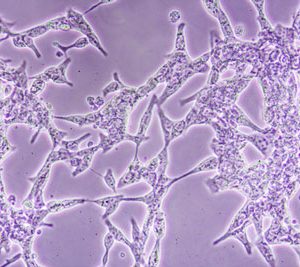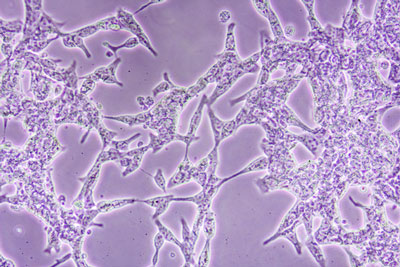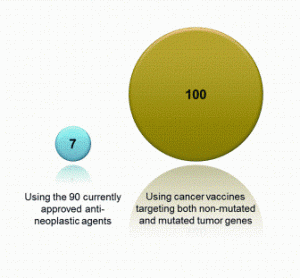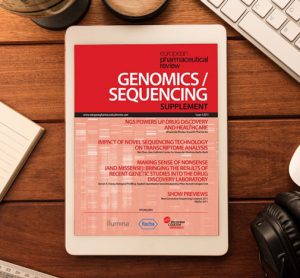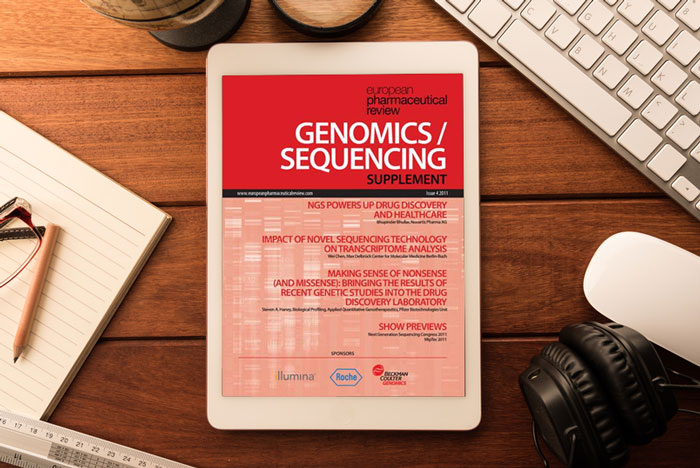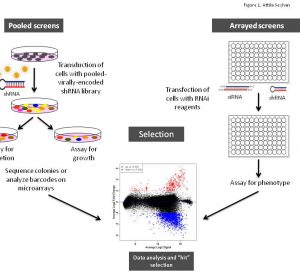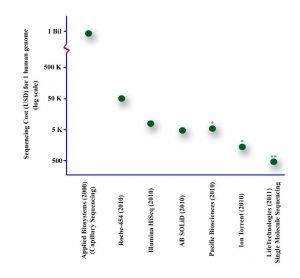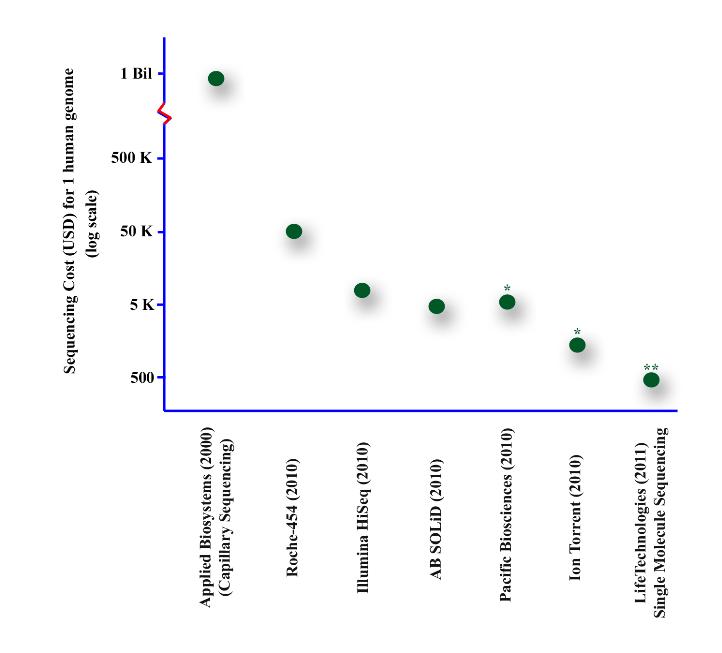microRNA: Small RNA molecules of great utility as diagnostic biomarkers in lung cancer
18 April 2013 | By Michela A. Denti and Margherita Grasso, Laboratory of RNA Biology and Biotechnology, Centre for Integrative Biology, University of Trento, Mattia Barbareschi and Chiara Cantaloni, Unit of Surgical Pathology, Santa Chiara Hospital
In 1993, the laboratories of Victor Ambros and Gary Ruvkun, studying the larval development of the nematode Caenorhabditis elegans, found a small RNA molecule (22 nucleotides) which regulated the translation of the lin-14 gene in an unusual way1,2. They observed that the sequence of the tiny lin-4 RNA was complementary…



